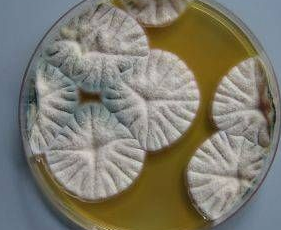Does Bleach Kill Mold?
Although the active ingredient in bleach, sodium hypochlorite, is the main ingredient in many mold removal products, there are many reasons to use alternatives to chlorine bleach when killing mold.
One reason is that bleach cannot completely kill mold growing in porous materials. The chlorine in bleach cannot penetrate into porous surfaces such as drywall or wood. The chlorine is left on the surface of porous materials and only the water component of the bleach is absorbed into the material, providing more moisture for the mold to feed on.
Some of the mold on the surface might be killed but the roots of the mold are left intact meaning the mold soon returns, leaving you in a cycle of repeated bleaching. Perhaps this is why some people believe that spraying bleach on mold doesn’t affect it but instead just bleaches its color so you can no longer see it.
Another disadvantage of bleach is that it can damage the materials it’s used on as it is a harsh, corrosive chemical. Chlorine bleach also gives off harsh fumes and it even produces toxic gas when mixed with ammonia. There are safer alternatives such as borax or vinegar which don’t produce dangerous fumes or leave behind toxic residue. For these reasons try to avoid using bleach and if you must use it, only use it on non-porous surfaces.






